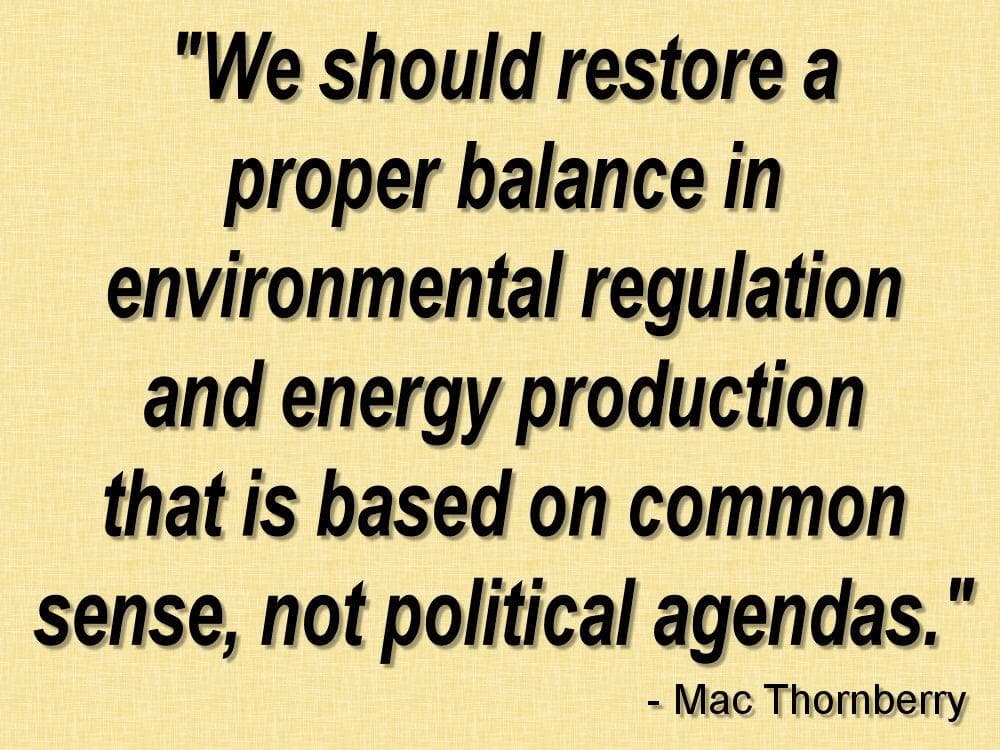The US federal government has taken numerous actions to require cost / benefit analyses, or cost effectiveness analyses, regarding federal rulemaking activities. The intent of these actions is to assure that the rulemaking activities provide real benefits at acceptable costs. However, this intent is violated when the regulatory agencies analyze only the costs, or only the benefits, of proposed actions.
One example of this violation of intent is the federal effort to establish the “Social Cost of Carbon”, specifically the supposed costs of increased atmospheric carbon dioxide concentrations on society. This effort has totally ignored the social benefits of increased atmospheric carbon dioxide concentrations, despite the well documented effects of enhanced carbon dioxide concentrations on the rate and extent of growth of the field crops used to produce food for people and animals. This effort has also ignored the greening of the globe, largely resulting from increased atmospheric carbon dioxide concentrations, recently documented by NASA, as well as the improvement of many plants’ ability to use available moisture efficiently.
Recent congressional testimony by Dr. Patrick J. Michaels, Director of the Center for the Study of Science at the Cato Institute, suggests that the social benefits of increased atmospheric carbon dioxide concentrations might well exceed the social costs, now and for the foreseeable future. If Dr. Michaels is correct, the recent federal efforts to establish the “Social Cost of Carbon” have been misguided, arguably deceptive and, ultimately, worse than useless.
Another example is provided in a recent article by Professor Michael Giberson of Texas Tech and Megan Hansen, Director of Policy at Strata. The federal government has focused heavily on the benefits of wind and solar generation as part of its climate change efforts; and, has provided substantial subsidies and incentives to encourage wider implementation of these technologies. However, relatively little effort has been made to identify the costs of these efforts, both direct and indirect.
The article highlights the renewable industry reaction to a recent study of electric grid reliability requested by Secretary of Energy Rick Perry. The study will examine the costs to the electric utility and its customers resulting from early retirements of baseload generating facilities and from the investments required to adapt the electric utility grid to increased reliance on intermittent renewable sources of electricity. The ability of the electric utility grid to operate reliably as the share of intermittent renewable electricity increases is dependent upon the availability of economical and reliable grid-scale electricity storage technology, which is not currently commercially available.
The intent of cost / benefit analysis requirements can also be violated by assigning unreasonable and/or unsupportable costs to activities or emissions. Perhaps the classic example of this type of violation is the US EPA estimate of the “Societal Cost of a Life Unnecessarily Shortened” at ~$9 million, regardless of the age of the person whose life is shortened, to justify new or more stringent environmental regulations. Such a determination is unsupportable, if for no other reason, because there is no basis on which to judge the relative cost to society of the premature death of an infant and of an elderly person. The use of an estimated societal cost of this magnitude makes it possible to “justify” extremely costly solutions to relatively trivial or non-existent issues.
Cost / benefit analyses must be comprehensive and objective to be useful. Apparently, much of recent cost / benefit analysis effort does not pass this test.
